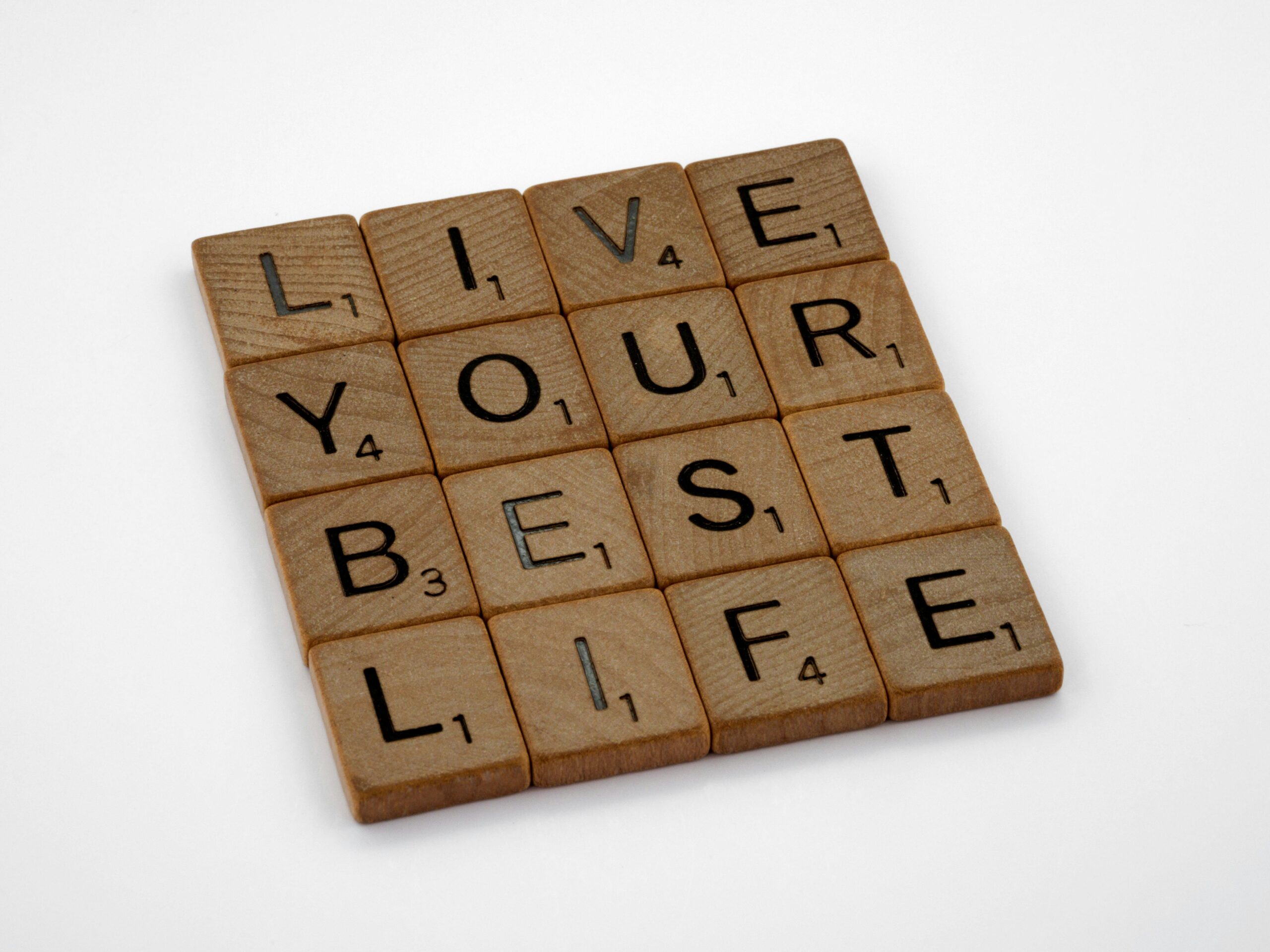Master the Mind: Best Mindfulness Tips for Everyday Life
Mindfulness is more than a wellness trend—it’s a transformative approach to living. In an age of constant distraction and high stress, the best mindfulness tips can help anyone regain focus, calm, and emotional balance. This comprehensive guide reveals essential techniques, practical applications, and advanced methods that will elevate your daily life through mindfulness.

Understanding the Fundamentals
Mindfulness refers to the practice of being present and fully engaged in the moment, without judgment. It has roots in ancient traditions like Buddhism but has been embraced widely in modern psychology due to its proven benefits. Today, the best mindfulness tips draw from both ancient wisdom and contemporary research.
Understanding these basics is crucial to building a solid mindfulness practice. Think of it like learning to walk before you run—once these foundations are strong, everything else becomes easier and more effective.
1.1 Presence and Awareness
Being present means noticing your thoughts, emotions, and sensations as they happen. Studies from Harvard University reveal that people spend nearly 47% of their waking hours thinking about something other than what they’re doing—mindfulness reverses this trend.
In daily life, presence can look like savoring your morning coffee or truly listening during conversations. A common misconception is that mindfulness requires clearing the mind—it doesn’t. Instead, it’s about observing thoughts without getting caught up in them.
1.2 Non-Judgmental Observation
Unlike self-criticism, mindfulness encourages observing thoughts and feelings without labeling them as good or bad. This fosters self-compassion and mental clarity. It contrasts with traditional self-help strategies that push constant positivity.
In practical settings, this principle helps with emotional regulation. For example, rather than reacting in anger, you pause, acknowledge your emotion, and choose a thoughtful response.
Practical Implementation Guide
With a clear understanding of what mindfulness is, it’s time to put it into practice. Applying the best mindfulness tips daily leads to improved focus, better sleep, and reduced anxiety. While results vary, consistent effort yields measurable benefits within weeks.

2.1 Actionable Steps
- Start Small: Begin with 5-minute mindfulness meditations using breathing as your anchor.
- Use Tools: Apps like timers or guided audio tracks help structure your sessions.
- Create a Routine: Integrate mindfulness into your daily schedule—mornings, breaks, or bedtime are ideal times.
2.2 Overcoming Challenges
Even the best mindfulness tips come with hurdles. Common issues include:
- Restlessness during meditation
- Inconsistent routine
- Frustration with lack of progress
Each of these can be mitigated by setting realistic expectations and practicing patience.
Experts recommend journaling your experiences to track growth and identifying triggers that distract you. Avoid setting rigid rules—flexibility leads to sustainability.
Advanced Applications
Once basic mindfulness becomes second nature, you can explore advanced techniques to deepen your practice. These methods are particularly helpful during high-stress periods or for achieving peak performance.

3.1 Mindful Visualization
This involves pairing breathwork with mental imagery. Athletes and professionals use visualization to enhance focus and performance. For instance, envisioning a calm lake while breathing slowly can reduce anxiety levels measurably.
Studies show that visualization reduces cortisol and boosts resilience, making it a powerful supplement to your routine.
3.2 Mindful Movement
Combining mindfulness with movement—like yoga or walking meditation—enhances body awareness and boosts mood. It integrates physical exercise with mental clarity, offering a holistic benefit.
This technique is compatible with daily life—walking to work or stretching in the morning can become mindful rituals that ground your day.
Future Outlook
Mindfulness is evolving with technology and neuroscience. Future trends include AI-guided meditations and wearable devices that measure real-time stress levels. The next 3–5 years will likely see an expansion of mindfulness in education and corporate settings.
To stay ahead, individuals can start experimenting with biofeedback tools or join communities focused on sustainable mindfulness habits.
Conclusion
To recap, here are the top takeaways:
- Mindfulness is about presence and observation without judgment
- Daily practice—even 5 minutes—can produce profound changes
- Advanced tools like visualization elevate your experience
Implementing the best mindfulness tips helps manage stress, improve emotional balance, and enhance focus.
Now’s the time to take action—begin your mindfulness journey today. Consider starting a 7-day mindfulness challenge to make it stick!
Frequently Asked Questions
- Q: What is mindfulness in simple terms? Mindfulness means paying full attention to what’s happening right now without trying to change or judge it.
- Q: How do I start practicing mindfulness? Begin with short breathing meditations and gradually build a routine around daily activities.
- Q: How much time does mindfulness require? As little as 5–10 minutes daily can yield results. Benefits increase with consistency.
- Q: Does mindfulness cost anything? Many techniques are free. While apps or classes may cost money, basic mindfulness needs no special tools.
- Q: How does mindfulness compare to meditation? Meditation is a form of mindfulness. However, mindfulness can also be practiced informally throughout the day.
- Q: Is mindfulness hard to learn? It’s simple but not easy—it takes practice. Most people see improvement in a few weeks.
- Q: Can mindfulness help in the workplace? Absolutely. It improves concentration, reduces burnout, and enhances decision-making—key for professional success.
